Fujifilm Fujinon XF 16-80 mm f/4 R OIS WR
3. Build quality and image stabilization
In the photo below the Fujinon XF 16–80 mm f/4 R OIS WR is positioned between the Fujinon XF 18–55 mm f/2.8–4.0 OIS and the Fujinon XF 56 mm f/1.2R.
 |
Please Support UsIf you enjoy our reviews and articles, and you want us to continue our work please, support our website by donating through PayPal. The funds are going to be used for paying our editorial team, renting servers, and equipping our testing studio; only that way we will be able to continue providing you interesting content for free. |
- - - - - - - - - - - - - - - - - - - - - - - - - - - - - - - - - - - - - - - - - - - - - - - -
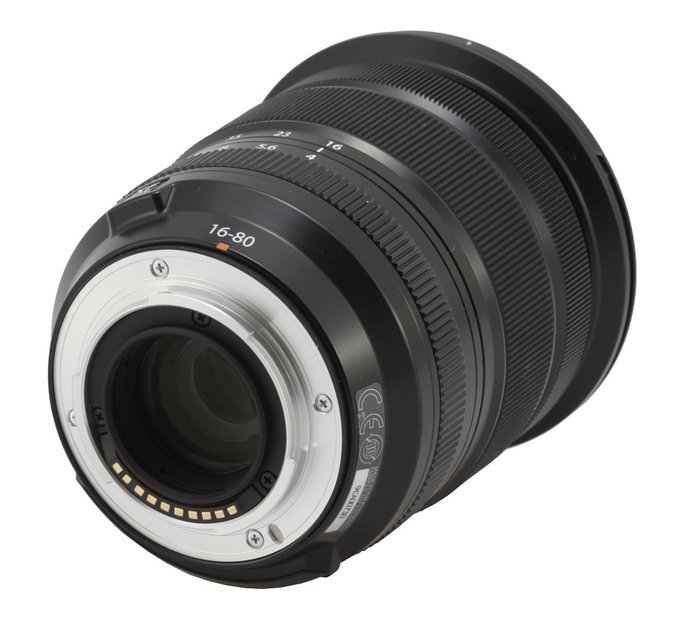 |
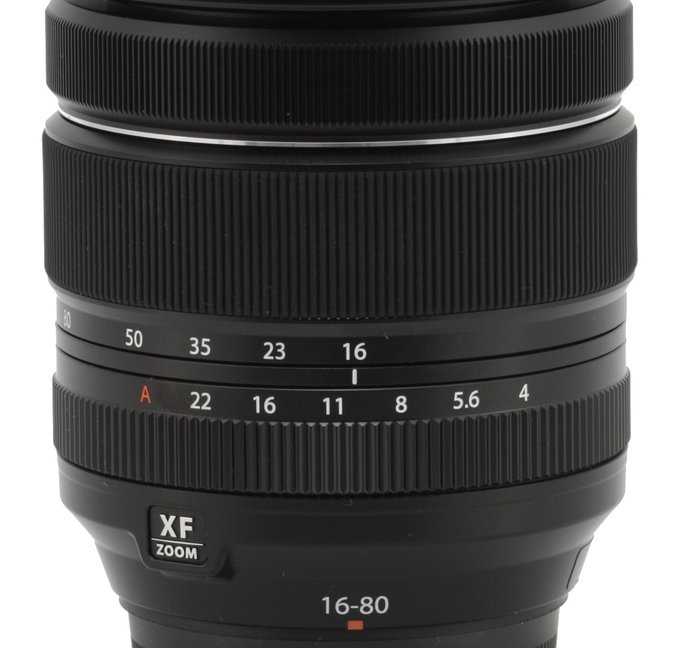 |
The zoom ring is one of the biggest parts of the lens's barrel – it is 26 mm wide and most of its surface is covered by rubber ribbing under which there are focal length markings at 16, 23, 35, 50, and 80 mm. The ring moves smoothly, evenly, and is properly damped.
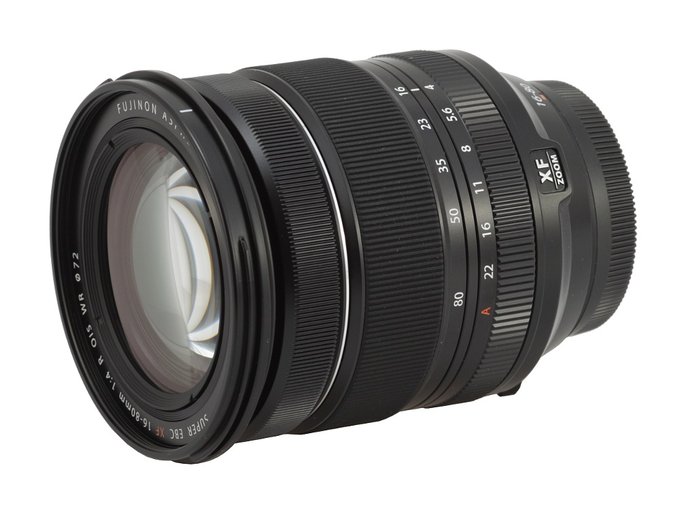 |
The front element is very slightly convex and 49 mm in diameter. It is surrounded by an inscription with the name and parameters of the lens, along with a non-rotating filter thread, 72 mm in diameter. The front element system extends with the lengthening of the focal length on a homogeneous tube, quite stable although made of plastic. During that process the dimension of the lens can increase by almost 4.5 cm.
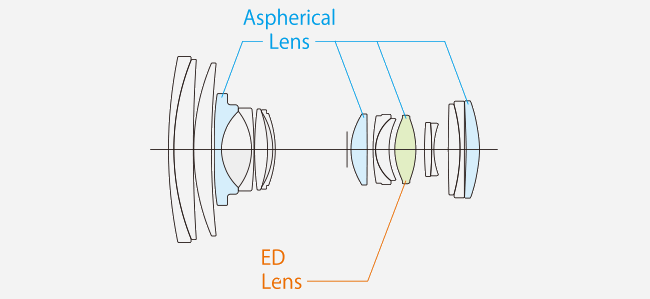 |
It's worth mentioning that, according to the producers, the lens is weather-sealed and resistant to rugged conditions. You can take photos in dusty places, during drizzle, or when temperatures drop to −10°C.
Buyers get both caps, a petal-type hood and a soft pouch with the lens in the box.
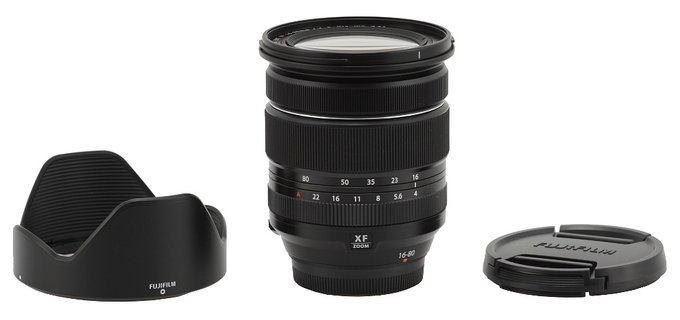 |
Optical stablization
In their press release the Fujifilm company boast about a very impressive efficiency of the optical stabilization system featured by their Fujinon XF 16–80 mm f/4 R OIS WR, up to six stops. Of course we had to check that claim. In order to do so we took several dozen photos at the 80 mm focal length with shutter speeds ranging from 1/125 to 1/2 of a second with the stabilization switched on and off. Then we calculated the percentage of blurred photos at every speed and presented the results as an exposure time function graph, expressed in EV (with 0 EV being the equivalent of 1/100 of a second) which can be found below.
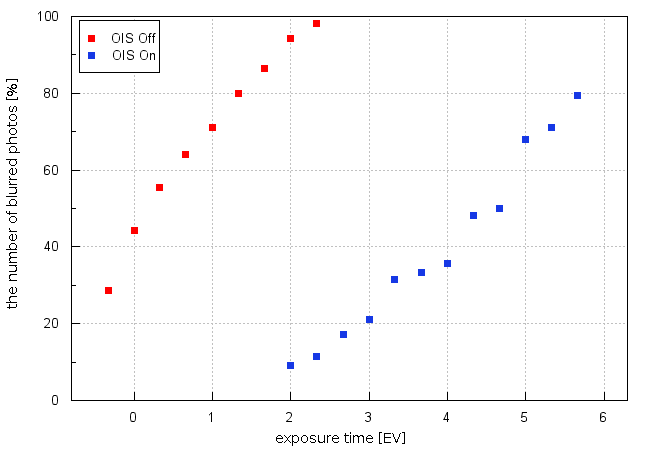
To be honest I didn't believe from the very beginning in Fujifilm declarations about that superb 6 EV efficiency. It would mean that most photos taken at 80 mm and 1/3 of a second exposure time should be sharp as a razor, a standard set really high indeed. According to our measurements this claim should be modified – the biggest distance between both curves reaches 4.5 EV and such is, in our opinion, the maximum efficiency of the image stabilization featured by the tested lens. It falls short of the official marketing declarations but still it remains an excellent value, completely worth our praise.






